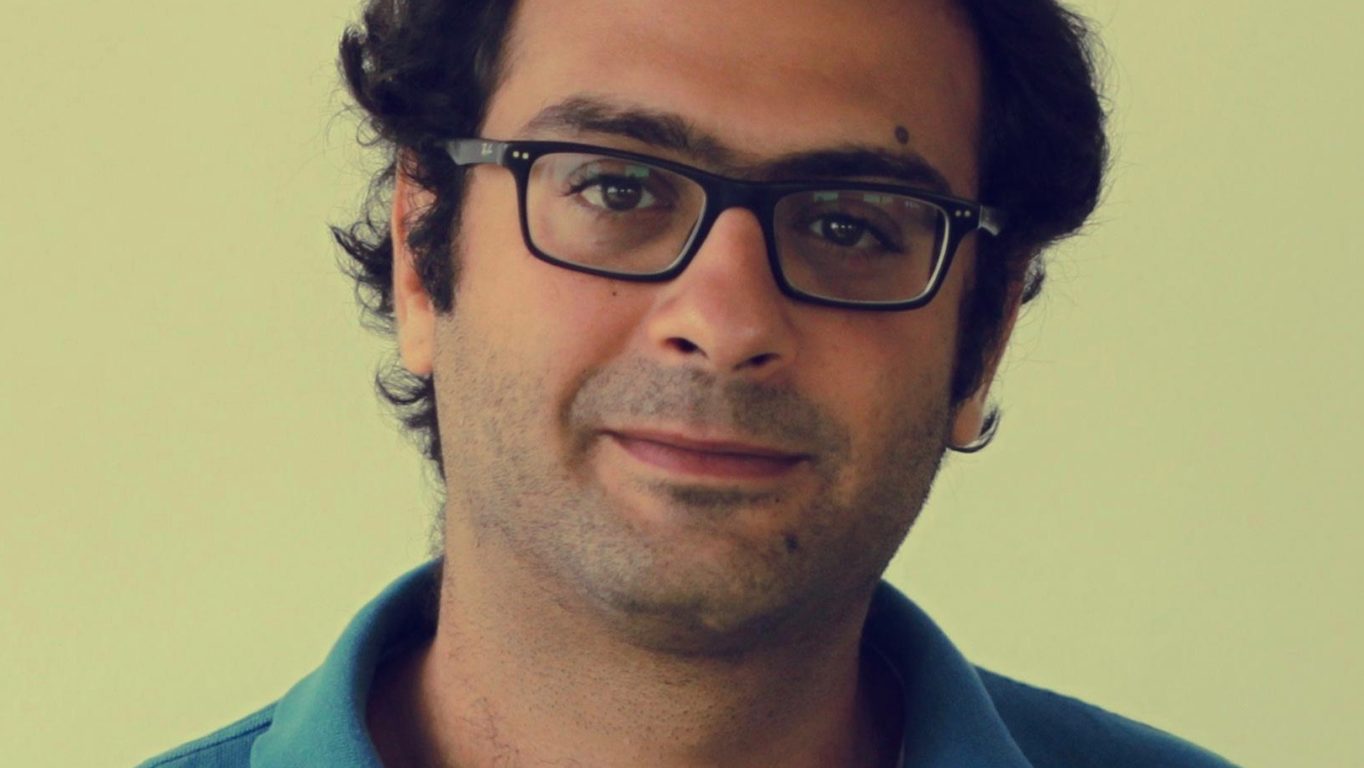The last half-century before the outbreak of the Syrian uprising in March 2011 can be accurately described as a memory black hole. The Baathist regime’s stranglehold on public space was absolute and, for the most part, went unchallenged.
This monopoly of the public sphere articulated itself with an enforced, monotone and simplified narrative that was more concerned with creating and sustaining the illusion of a homogenised populace and controlling it than it was about actively creating such homogeneity. The enforced participation of state employees and students in ritualistic proclamations of loyalty to the regime, for example, produced a monolithic display for the benefit of the spectacle in and of itself. Thus, true conviction was not required from the masses, so long as they were willing to display such conformity in public when called upon.[1] While this approach was not completely successful in curtailing counter-hegemonic narratives in the limited private spheres (nor was it especially concerned with it), it was extremely efficient in dumbing down the public stage and occupying it fully so that no other discourses could aspire to compete.
This process was instrumental in erecting walls between Syrians as individuals as well as groups, whereby issues become extremely local, debates fragmented and the “public”, was increasingly diluted. The formation of a collective memory of the country became a static function of the state rather than an organic process by the citizenry. Hence, the “memory black hole” moniker.
During these years, Syrian society went through many upheavals that changed it fundamentally (politically, economically and socially). Yet, looking back at some of these important points--increasing militarism in society since the early 1970s, involvement in the Lebanese war, the struggles with the Muslim Brotherhood in the early 1980s and the Hama massacre, intra-fighting between Hafez and Rifat al-Assad in 1984, the economic hardships of the 1980s, liberalisation in the 1990s, the death of Hafez al-Assad and transition to Bashar al-Assad, neoliberal policies since 2005, etc.-- we find the public record overwhelmingly skewed to the state’s official narration (or lack thereof) of the issues, with little room for nuance. Individual efforts to counter this hegemony found themselves restricted to the small spheres of high culture with very little impact.
These conflagrations were certainly experienced by individuals and were interpreted and debated in the protection of their private homes and within small groups. These were comparatively safer spaces, but, as evidenced by the telling and common warning, “walls have ears”, even debates in the private sphere felt the chilling effects of the security state. The lack of access to the public sphere, and to effective communication tools, however, rendered these experiences truncated, biased and lacking in nuance as well. For example, a man’s experience and reading of Assad’s struggle with the Muslim Brotherhood in the 1980s would’ve been fundamentally different depending on his place of residence (Aleppo, Hama or Latakia).
When the Syrian uprising exploded across the country in March 2011, the walls of silence in society suddenly broke down all at once. The surge in the use of new technology afforded many individuals a platform to share their experiences and learn of those of others for the first time. Despite their shortcomings, these tools allowed larger publics, than at any time under the Assad regime, to form organically and to challenge the regime’s attempts to reassert control.
The dominant narrative, already far removed from reality, collapsed in on itself in spectacular fashion, and Syrians were left with a half-century’s worth of memory void to fill. A growing corpus of literature began to focus on seeking,sharing and curating these, once truncated and personal, experiences, into a more coherent and nuanced picture. In its attempt to assert a narrative of its own, the uprising gave Syrians the chance to reexamine their official history, and in a sense to rewrite it.
A topical treatment of this growing “genre” shows that a great deal of effort is dedicated to investigating Syria’s most traumatic episodes more deeply and from different perspectives. Through anecdotes, recollections, articles and books, a clearer and more wholesome picture emerges of the mass political imprisonments under Hafez al-Assad, for example. The complexities, and gruesome details of the Baathists-Islamists struggles in the early 1980s: the Hama massacre, the sectarian attacks and reprisals, and the daily terror it unleashed on urban populations in major cities, are also frequently dealt with.
This is by no means a cooperative process; indeed, more often than not it takes form in the shape of violently competing histories and experiences, which are often used as a political instrument in the current struggle. Nevertheless, in the long term, it allows for the emergence of far richer narratives.
Political humour is an exceptional topic in this context in that it was one of the few counter-hegemonic devices that were able to survive under the security state. This was due to its intimate nature in the safer private space, a feature that lends itself very well to elementary communications mediums. Nevertheless, political humour also saw an explosive growth in interest after the revolution and in curation efforts devoted to it.[2]
In this collaboration between SyriaUntold and openDemocracy, 'Looking inside the uprising', we will attempt to examine this process that was launched by the uprising. This will be done through both through more personal accounts and reflections as well as analytical pieces that show how the protest movement is attempting to document itself. It began through organic means, but will soon expand to rewrite and reexamine the inherited truths of the last half-century.
---
1 Wedeen, L. (1999). Ambiguities of Domination: Politics, Rhetoric, and Symbols in Contemporary Syria. University of Chicago Press.
2 Camps-Febrer, Blanca, Political Humor as a Confrontational Tool against the Syrian Regime; A Study Case: Syria, 15th March 2011 – 15th May 2012 (12, 2012). International Catalan Institute for Peace, Working Paper No. 2012/8.




